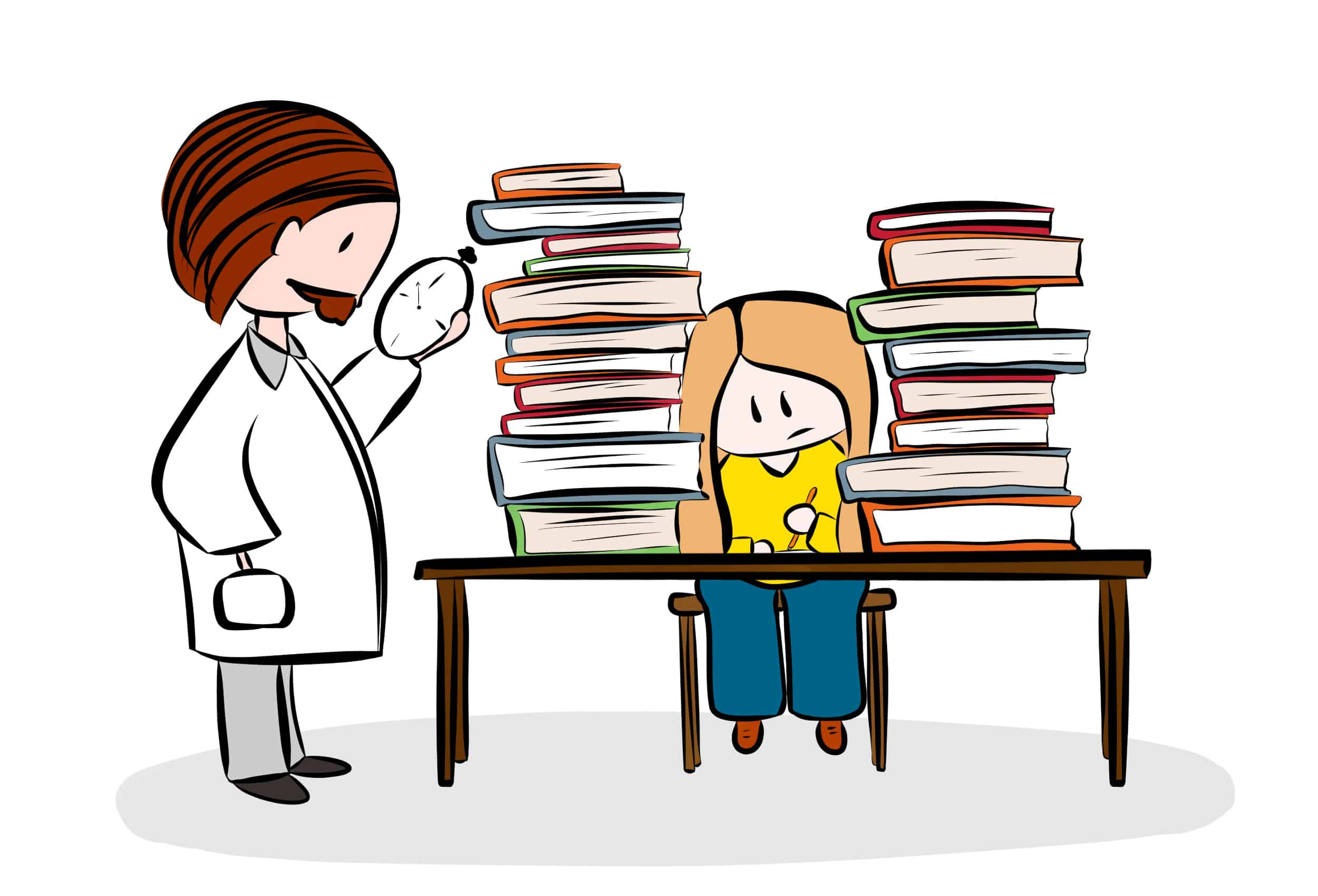Still cramming for midterms? Although it may be embarrassing to admit the prevalence of procrastination, the Huffington Post reports that 87 per cent of college students procrastinate on school assignments. Procrastination greatly limits studying time, so it is important to focus on improving efficiency.
Fortunately, a new study from UTM shows that although procrastination is not the best way to study, there are studying techniques that could improve information retention if an individual is already procrastinating.
Dr. Keisuke Fukuda of UTM’s Department of Psychology found that, given a set time frame, retention rate is increased when individuals break down large segments of time and utilize repeated rehearsal cycles.
Here is an example illustrating Fukuda’s findings: if a student has three hours to study two chapters of a textbook, it is much better to read the entire two chapters in the first hour and reread them twice in the following two hours instead of spreading out the two chapters, reading them only once in three hours. However, Fukuda’s study does not recommend attempting to process an overwhelming amount of information in a short time frame.
He studied the retention rate of study participants attempting to remember pictures under two separate conditions. In one condition, a visual stimulus is present once for a couple hundred milliseconds, followed by a three-second study period. In the other condition, a stimulus is presented three times in three seconds, so the research participant has less time to study each stimulus but see the stimulus multiple times. The latter condition showed improved memory and greater efficiency.
Fukuda believes the scientific basis of this phenomenon lies in the idea that individuals are learning through repetition and practicing retrieval by recalling the pictures the second time they see them.
He explains that exams test “your ability to retrieve information,” and by creating “multiple instances of memorizing the chapter,” you are strengthening your memory of the information each time. For that reason, studying through repetition simulates a test environment and strengthens our ability to recall what we’ve learned during a test setting.
Fukuda recommends actively taking notes, studying in the testing environment, and spreading out subjects throughout the week.
Furthermore, students can also start with a blank piece of paper, write out what they know, and compare that to their notes. This recreates the closed-book testing experience and prepares them for the short answer questions.
When students are taking notes in their own words, they are engaging themselves more, enhancing their learning. Also, if students have access to their exam rooms ahead of time, it is better to study there than in their favourite studying location. This is based on the state-dependent memory effect where “you can use the same cues, and by matching the learning environment with the retrieval environment, [enhance] your study skill.”
Not unlike many University of Toronto students, Fukuda notes that he often found it difficult in school to study a large amount of information given the limited hours of the day. He struggled to memorize long lists of vocabulary words back in high school in Japan, especially because of his “laziness.” Wanting to compensate, he developed various methods of learning.
He tried to spread out the vocabulary words throughout the week but eventually came to realize that it was fruitless. Then he tried to focus all the information into one day and repeated it throughout the week in discrete learning cycles. He found that he was studying more efficiently and that by using this studying method over the long term, he was able to become a better student.
While he had little scientific evidence to back up the study strategy when he was a student, Fukuda became interested in psychology — he wanted to understand the ways students learn and experiment with methods that could potentially boost efficiency.
Eventually, when he became a researcher, he was able to confirm his high school learning strategy was effective via his visual memory research methods.


